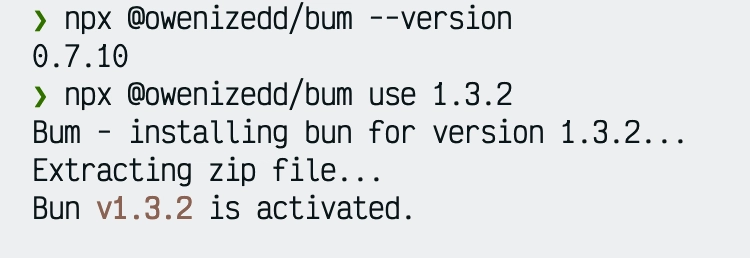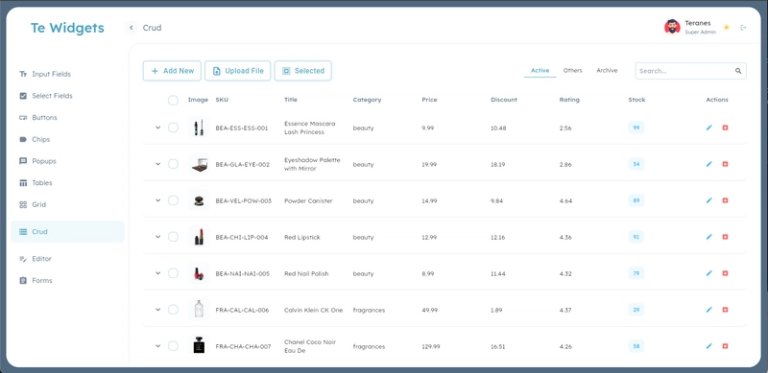Picking the Right Data Format for Your Workflow
Choosing the right data format impacts speed, storage, and scalability. Whether you’re analyzing data locally or in the cloud, understanding each format’s trade-offs helps you make better engineering choices.
In this post, we’ll explore six formats — CSV, SQL (Relational Tables), JSON, Parquet, XML, and Avro — using a small dataset of employee salary records.
Our dataset:
- John, 201, HR, 75000
- Mary, 202, IT, 82000
- Steve, 203, Finance, 91000
1. CSV (Comma-Separated Values)
What’s the deal?
CSV is the most straightforward text-based format. Each line is a record, and fields are separated by commas. It’s lightweight and compatible with nearly every tool, but it lacks structure and data type enforcement.
Dataset in CSV:
name,employee_id,department,salary
John,201,HR,75000
Mary,202,IT,82000
Steve,203,Finance,91000
Pros
- Human-readable and easy to edit
- Works across all tools and languages
- Perfect for small-scale sharing and testing
Cons
- No schema or type definitions
- Inefficient for large datasets
2. SQL (Relational Table Format)
What’s the deal?
SQL defines data in tables with strict columns and types. It’s not just a format but a structured system designed for querying and relationships.
Dataset in SQL:
CREATE TABLE employees (
name VARCHAR(255),
employee_id INT,
department VARCHAR(255),
salary INT
);
INSERT INTO employees (name, employee_id, department, salary)
VALUES
('John', 201, 'HR', 75000),
('Mary', 202, 'IT', 82000),
('Steve', 203, 'Finance', 91000);
| name | employee_id | department | salary |
|---|---|---|---|
| John | 201 | HR | 75000 |
| Mary | 202 | IT | 82000 |
| Steve | 203 | Finance | 91000 |
Pros
- Schema enforcement ensures data integrity
- Powerful for querying and joining data
- Ideal for relational systems
Cons
- Requires a database system
- Not suited for unstructured data
3. JSON (JavaScript Object Notation)
What’s the deal?
JSON stores data as key-value pairs. It’s readable, flexible, and perfect for web APIs or nested structures.
Dataset in JSON:
[
{"name": "John", "employee_id": 201, "department": "HR", "salary": 75000},
{"name": "Mary", "employee_id": 202, "department": "IT", "salary": 82000},
{"name": "Steve", "employee_id": 203, "department": "Finance", "salary": 91000}
]
Pros
- Easy to parse and generate
- Supports nested structures
- Ubiquitous in modern applications
Cons
- Larger size than binary formats
- No strict schema
4. Parquet (Columnar Storage Format)
What’s the deal?
Parquet is a binary, column-oriented format designed for analytics. It enables high compression and efficient query performance on big datasets.
Dataset in Parquet:
import pandas as pd
import pyarrow as pa
import pyarrow.parquet as pq
data = {
'name': ['John', 'Mary', 'Steve'],
'employee_id': [201, 202, 203],
'department': ['HR', 'IT', 'Finance'],
'salary': [75000, 82000, 91000]
}
df = pd.DataFrame(data)
table = pa.Table.from_pandas(df)
pq.write_table(table, 'employees.parquet')
Pros
- High compression and query speed
- Optimized for columnar analytics
- Ideal for cloud storage and big data systems
Cons
- Binary, not human-readable
- Needs libraries like PyArrow or Spark
5. XML (Extensible Markup Language)
What’s the deal?
XML represents data with nested tags. It’s structured, extensible, and still used in enterprise and government systems despite being verbose.
Dataset in XML:
<employees>
<employee>
<name>John</name>
<employee_id>201</employee_id>
<department>HR</department>
<salary>75000</salary>
</employee>
<employee>
<name>Mary</name>
<employee_id>202</employee_id>
<department>IT</department>
<salary>82000</salary>
</employee>
<employee>
<name>Steve</name>
<employee_id>203</employee_id>
<department>Finance</department>
<salary>91000</salary>
</employee>
</employees>
Pros
- Good for hierarchical or document-style data
- Extensible and supports validation via XSD
- Useful in older or standardized ecosystems
Cons
- Verbose and slow to parse
- Less common in modern APIs
6. Avro (Row-based Storage Format)
What’s the deal?
Avro is a binary serialization format optimized for row-based storage. It includes its schema with the data, allowing easy evolution over time.
Dataset in Avro:
import fastavro
schema = {
"type": "record",
"name": "Employee",
"fields": [
{"name": "name", "type": "string"},
{"name": "employee_id", "type": "int"},
{"name": "department", "type": "string"},
{"name": "salary", "type": "int"}
]
}
records = [
{"name": "John", "employee_id": 201, "department": "HR", "salary": 75000},
{"name": "Mary", "employee_id": 202, "department": "IT", "salary": 82000},
{"name": "Steve", "employee_id": 203, "department": "Finance", "salary": 91000}
]
with open('employees.avro', 'wb') as out:
fastavro.writer(out, schema, records)
Pros
- Compact and efficient
- Supports schema evolution
- Common in streaming systems like Kafka
Cons
- Requires Avro tools to read/write
- Not readable by humans
Final Thoughts
- CSV: Simple, portable, best for small tasks.
- SQL: Structured, excellent for relational analytics.
- JSON: Flexible, ideal for APIs.
- Parquet: Optimized for analytics and big data.
- XML: Verbose but still used in legacy systems.
- Avro: Schema-driven and efficient for pipelines.
Which Format Should You Choose?
| Use Case | Recommended Format |
|---|---|
| Quick experiments | CSV |
| Relational databases | SQL |
| Web APIs | JSON |
| Data warehouses | Parquet |
| Enterprise applications | XML |
| Streaming pipelines | Avro |
Choosing wisely can save time, space, and processing power. In modern cloud environments, Parquet and Avro dominate analytics, while CSV and JSON remain practical for everyday development.


